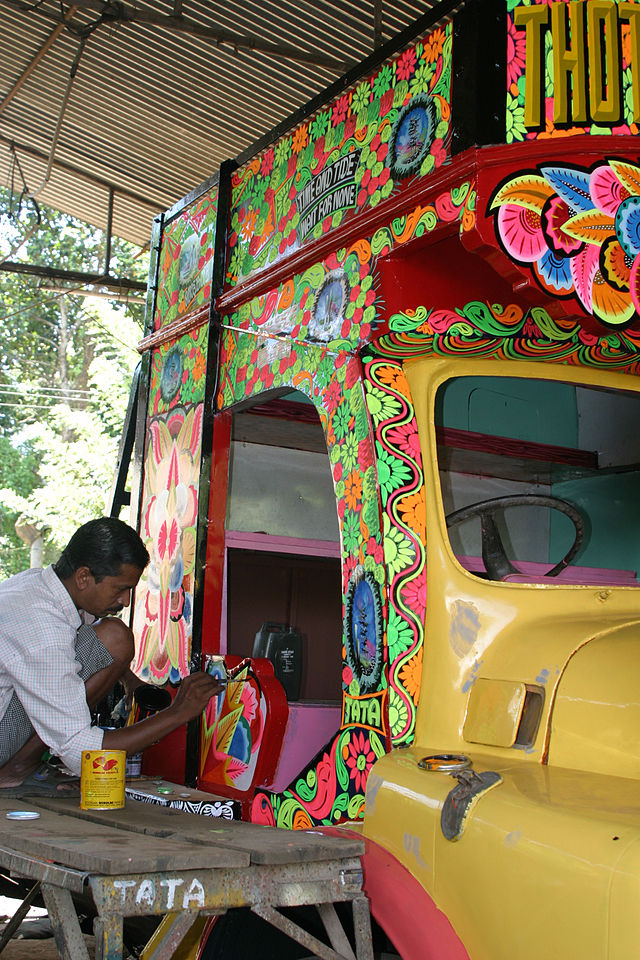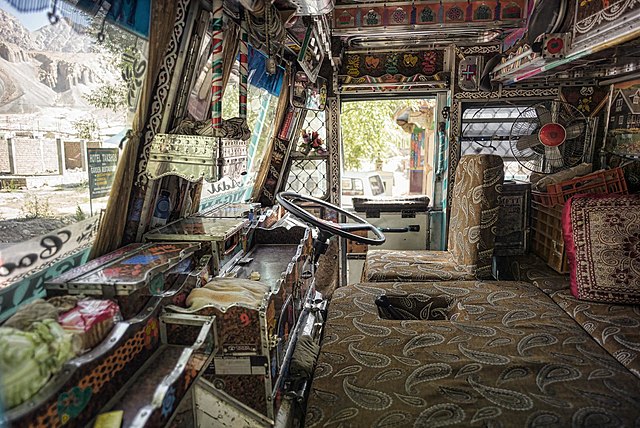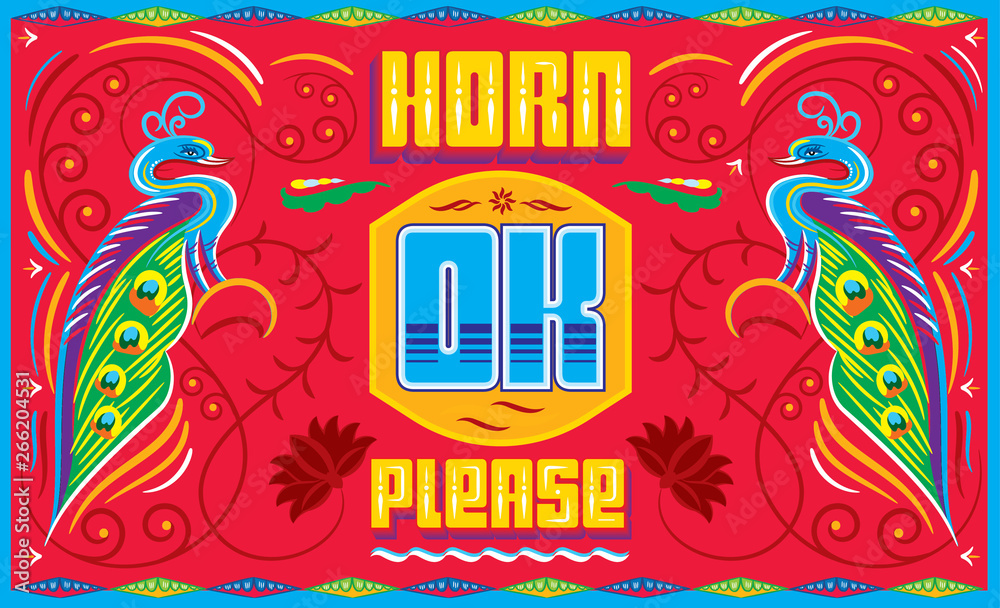A major paradigm shift has occurred in the past decade. Roads have been rebaptised, heritage sites have undergone radical rebranding, and metro stations seem to have an ongoing identity crisis – the latest on the list being the HUDA City Centre that now identifies as the Millennium City Centre. The cars you spot on these familiar yet unfamiliar roads have also undergone significant transformations, with electric vehicles actively challenging the hegemony of traditional cars.
However, some things remain essentially the same.
Potholes, as vast as craters, still dot these roads. Street vendors still traverse red lights selling countless knick-knacks. Their products may range from well-moisturised coconuts symmetrically sliced to resemble the dewy petals of a flower to pirated books with gross misprinting, windshield dusters of questionable quality, and various religious tokens and charms. These arbitrary elements are bound to keep your senses duly stimulated during the long traffic jams, which have not changed much either.
Another sight has remained constant on these bustling roads – trucks. Often providing comic relief and reinstating basic road etiquettes in the same stretch of hand-painted panels, truck art adds a tangy punch to Indian roads.
Breaking the monotony of contemporary vehicles, Indian trucks act as the proverbial custodians of a design language that is simultaneously daring and cautious. Beneath the kaleidoscope of blazing colors and intricate designs, lies an evocative tapestry of culture, history, and fervent belief, brought to life with every stroke of paint, embellishment, and superstition.
To explore the origins of this art form, one will have to take a look at the 1940s when these artistic expressions were in their nascent stages.
At that time, truck art predominantly featured religious iconography and lacked the vibrant character they would later acquire. It wasn’t until the 1960s that the infusion of pop art and psychedelic depictions of cultural and political figures transformed this art form into what it has come to symbolise today.

While religious iconography still holds a prominent place in the visual storyboard, it is not limited to it. The vivacious reds and electric blues that blend seamlessly with sunburst yellows and lush greens to breathe life into the rendition of the deities, also bring to life another cosmos. Here, the menagerie of majestic lions and debonair peacocks coalesce with apsaras (nymphs) in gossamer skirts. Delicate roses are interwoven into idyllic landscapes, evoking the melancholy of separation and the longing for home.
Amidst the traditional motifs, you’ll also find the deified faces of popular Bollywood stars such as Amitabh Bachchan, Shah Rukh Khan, Rani Mukherjee, and Kareena Kapoor, among others.
Another defining feature of Indian truck art is the superstitious and protective imagery.
The ever-watchful nazar-battu (evil-eye totem) can be easily spotted on the truck’s rear. This symbol is believed to ward off malevolent spirits and the envious glances of strangers. The swastika, painted on trucks, symbolises auspiciousness and good fortune in Indian culture. And in case none of these work, we have the good old lemon and green chillies to the rescue.
“Horn Ok Please”, “Use Dipper At Night”, “Buri Nazar Waale, Tera Muh Kaala” (you who curse me, may your face turn black)- these are some common slogans found on almost every truck. But, the typography can take a very interesting turn, keeping in mind it’s India we’re talking about. Here are a few interesting ones I’ve come across recently –


These trucks aren’t merely painted; they are bedecked like brides on their wedding day. Long, vibrant tassels known as parandis and bells hang from the rearview mirrors. As the truck journeys forward, they dance in rhythmic harmony, not just for aesthetic delight but to ward off lurking spirits and to ensure safe passage. The interior decor of the trucks is just as extensive and extravagant as the exterior. Flamboyant LED lights, posters of popular Bollywood movies, tasselled dashboard covers, and whatnot give these trucks a unique character.

Indian truck art is a breathtaking odyssey that transcends the mere utility of vehicles, weaving dreams, culture, and superstitions into the very fabric of the nation’s highways. Beyond the paint, beyond the adornments, these trucks are a spectacle, a mystery, and an art form that pulsates with the drama of life on the road.
In the face of modernisation and globalisation, the soul of Indian truck art continues to burn brightly. Artists, collectors, and organisations tirelessly strive to safeguard this living tradition, nurturing the livelihoods of artisans and ensuring the legacy lives on. The canvases may evolve, but the stories, superstitions, and sheer audacity of Indian truck art shall forever roll through the highways of time.



